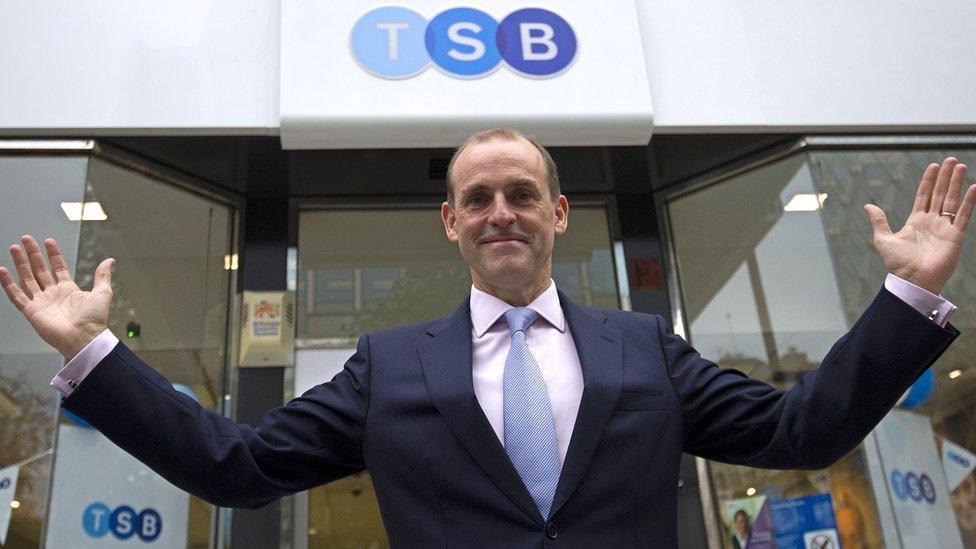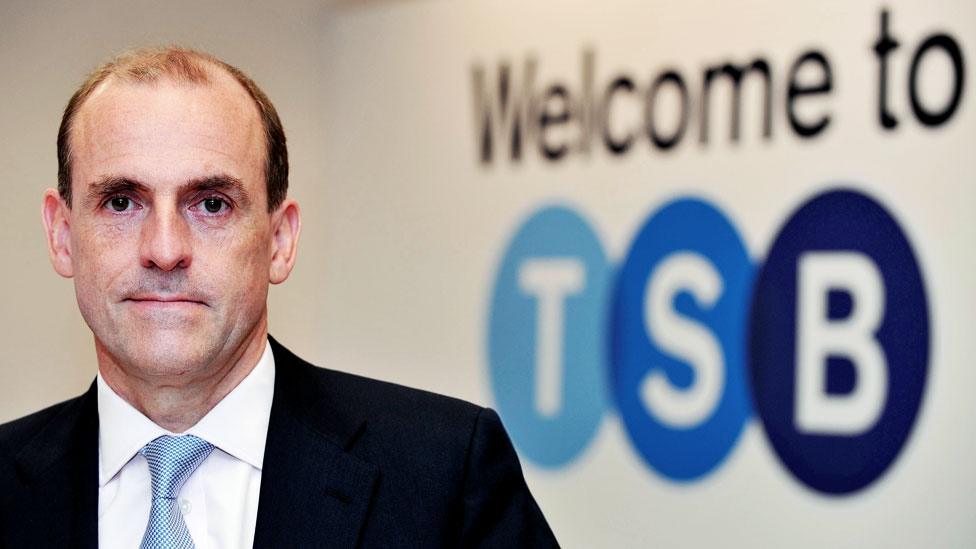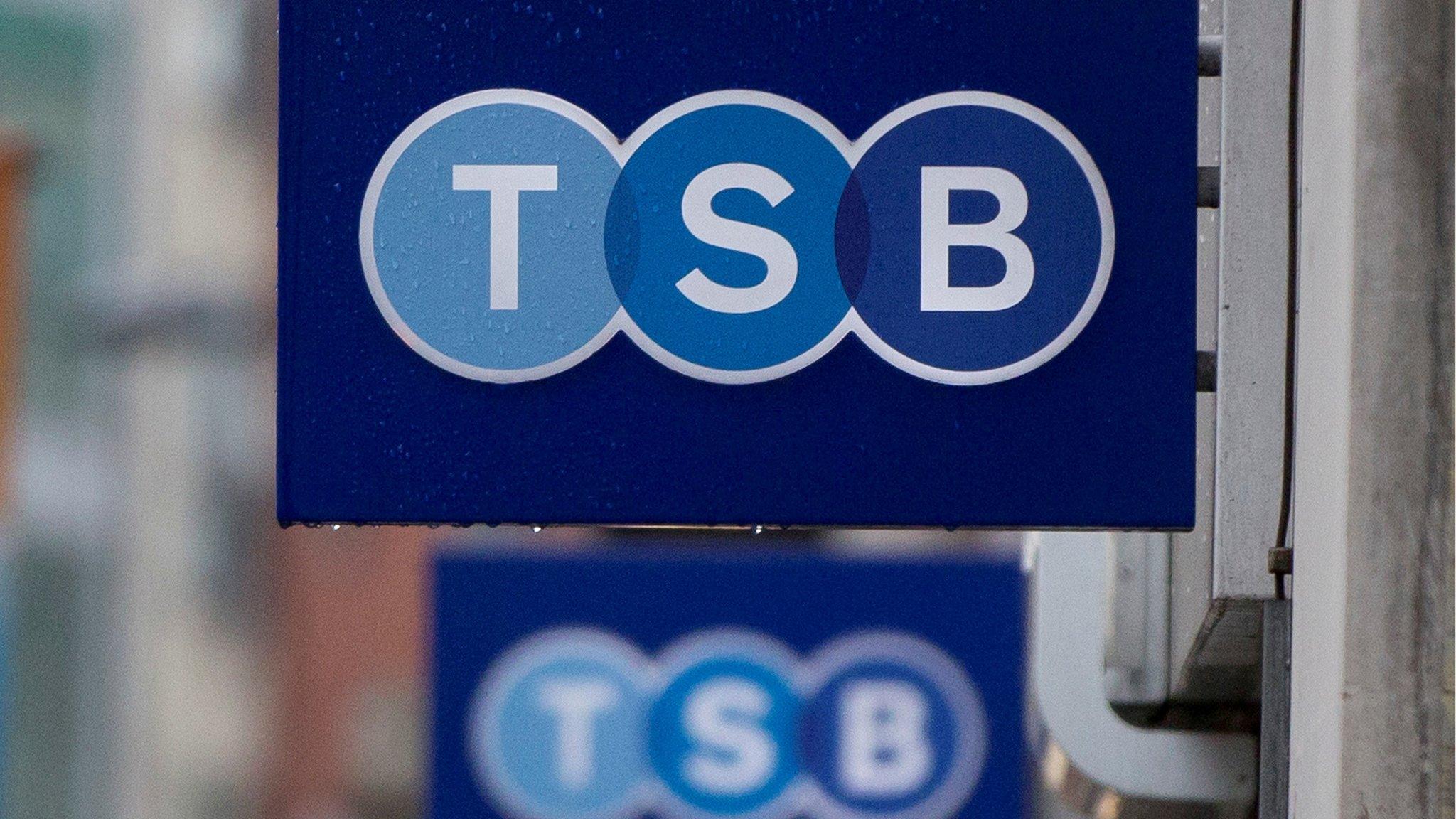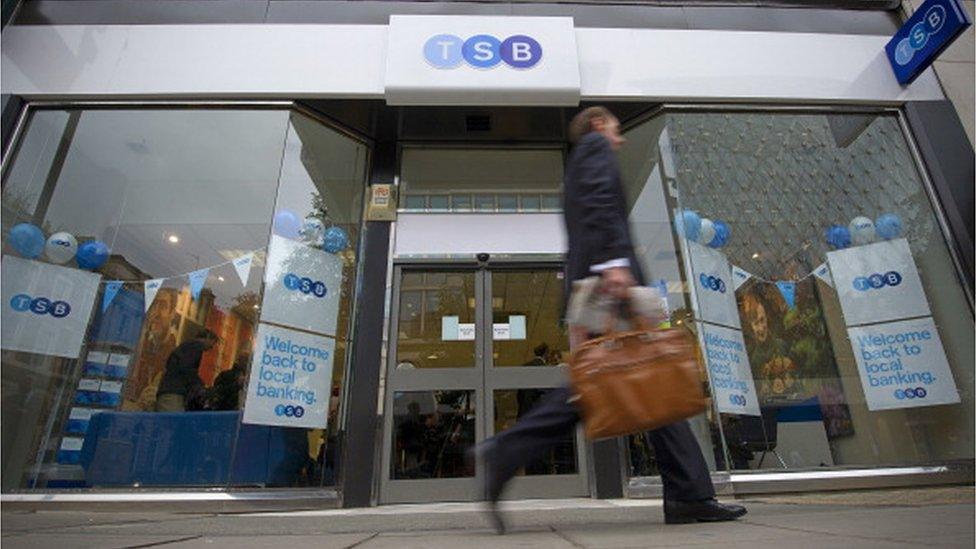Pester had been 'dead man walking'
- Published
- comments

On Thursday 19 April I received a bubbly email from TSB reminding me that this was the weekend when it would finally make the switchover from the Lloyds IT platform to its very own "state of the art IT platform".
TSB was carved out of Lloyds after the merger between Lloyds and HBOS to satisfy competition concerns.
I replied: "A few sweaty palms in the IT department?".
"Absolutely not" - came the reply - "we are cool as cucumbers".
Cue total IT meltdown, leaving customers locked out of their accounts, some customers' money going missing for days or even weeks and a grilling for the boss in front of MPs, who took the unusual step of declaring the chief executive had "lost the confidence" of the Treasury Select Committee.
Many people thought Paul Pester was a dead man walking at that point but although he toughed it out - he'd used all of his nine lives.
Problems flared up briefly in August and the problems over the past 24 hours drove the final nail into the coffin.
Some will feel that he was a victim of circumstances beyond his control. The new system was built, designed and tested on the watch of Sabadell, TSB's Spanish owners, who were convinced the system was ready.
However, IBM - who were drafted in to help with the crisis - said in a report that the system had not been tested sufficiently, and Mr Pester himself came across as complacent to many MPs.
The IT debacle cost TSB £176m and 26,000 customers closed their accounts (although 20,000 new accounts were opened offsetting some of the damage). The bank and Mr Pester's reputation took a heavy knock.
Ultimately the buck stops with the chief executive and on Tuesday morning he paid the perhaps inevitable personal price.
- Published4 September 2018

- Published3 September 2018

- Published27 July 2018

- Published7 June 2018
